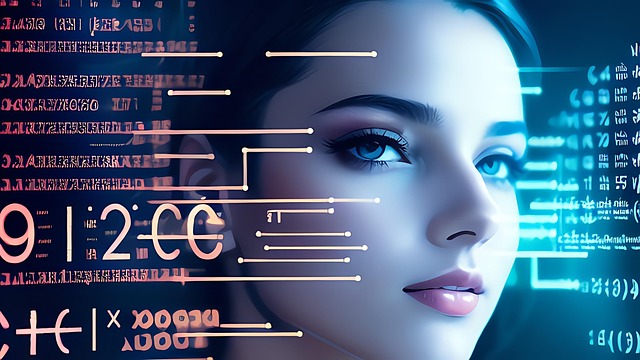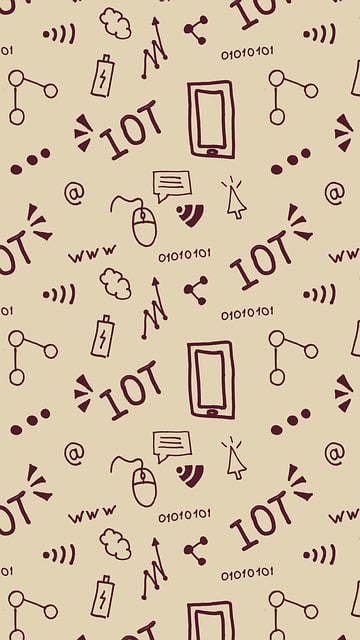The evolution of AI chatbots has transformed them from basic, rule-based systems to advanced, context-aware assistants driven by NLP and machine learning. These modern AI chatbots understand user intent, adapt through learning, and provide natural, personalized responses, marking a significant leap over their static predecessors. They're revolutionizing user interactions across industries, enhancing customer support, streamlining operations, and offering intuitive assistance. Future AI chatbots will leverage further advancements in NLP and ML to offer more human-like experiences, predict needs, and provide valuable insights, integrating seamlessly into daily life sectors like customer service, education, healthcare, and entertainment.
“Unveiling the evolution of AI chatbots, this article traces their journey from static bots to dynamic AI assistants. We explore the advancements that have transformed conversational interfaces, enabling more natural and intelligent interactions. From basic response generation to understanding context and generating human-like text, AI chatbots are revolutionizing user experiences. This piece delves into the capabilities and advantages of dynamic AI assistants, while also examining their impact on user engagements. Moreover, it offers insights into the future prospects and potential directions of this rapidly evolving technology, highlighting its growing role in our digital landscape.”
- Evolution of AI Chatbots: From Basic to Intelligent
- Understanding Dynamic AI Assistants: Capabilities and Advantages
- The Impact on User Interactions and Experience
- Future Prospects: Where are AI Chatbots Headed?
Evolution of AI Chatbots: From Basic to Intelligent

The evolution of AI chatbots has been a remarkable journey from their basic, rule-based origins to the sophisticated, intelligent assistants we interact with today. Early AI chatbots followed predefined scripts, offering limited responses based on specific keywords. These static bots were entertaining curiosities but lacked true understanding or adaptability.
Advancements in natural language processing (NLP) and machine learning have propelled AI chatbot development. Today’s dynamic AI assistants leverage vast amounts of data to learn from user interactions, gain context awareness, and generate human-like responses. They can understand nuanced queries, interpret complex emotions, and engage in meaningful conversations, marking a significant leap from their basic predecessors.
Understanding Dynamic AI Assistants: Capabilities and Advantages

Dynamic AI assistants represent a significant leap forward in the field of artificial intelligence, moving beyond the limitations of static bots. These advanced chatbots are designed to engage in more natural and contextually aware conversations, understanding user intent and providing relevant responses. With sophisticated algorithms and access to vast amounts of data, they can offer personalized experiences tailored to individual users.
One of the key advantages is their adaptability; dynamic AI assistants can learn and evolve over time, improving their performance through machine learning techniques. They can handle a wide range of tasks, from answering simple queries to offering complex problem-solving solutions, all while maintaining a human-like conversational flow. This versatility makes them invaluable in various industries, enhancing customer support, streamlining operations, and providing users with efficient and intuitive assistance.
The Impact on User Interactions and Experience

The evolution from static bots to dynamic AI assistants has significantly reshaped user interactions and experiences with technology, particularly in the realm of ai chatbots. Where once conversational agents were little more than rule-based systems that could only respond to pre-programmed inputs, modern AI now empowers these assistants to understand and generate human language, fostering more natural and engaging dialogues. This shift allows users to ask complex questions, express nuanced sentiments, and even engage in multi-turn conversations—a far cry from the limited interactions possible with their static predecessors.
This enhanced interactivity translates into a better user experience, as dynamic AI assistants can tailor responses based on context, memory, and learning. They can remember previous interactions, adapt to individual user preferences, and offer personalized suggestions or solutions. As a result, users feel more understood, valued, and assisted—a far cry from the impersonal and rigid encounters with static bots. This improvement in user experience not only boosts satisfaction but also encourages greater adoption and engagement with AI-driven technologies.
Future Prospects: Where are AI Chatbots Headed?

The future of AI chatbots is promising, with advancements in natural language processing and machine learning paving the way for more sophisticated and human-like interactions. As technology evolves, we can expect to see ai chatbots becoming increasingly dynamic, capable of understanding complex queries and generating tailored responses. They will likely integrate seamlessly into various aspects of our daily lives, from customer service and education to healthcare and entertainment.
With improved contextual awareness and the ability to learn and adapt, future ai chatbots will offer personalized experiences, anticipate user needs, and provide valuable insights. As these technologies continue to refine and expand, they will play a pivotal role in shaping the way we interact with digital systems, making our lives more efficient, convenient, and connected.
